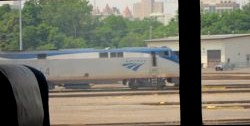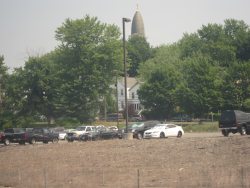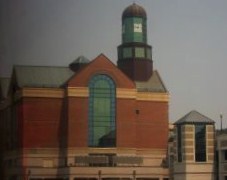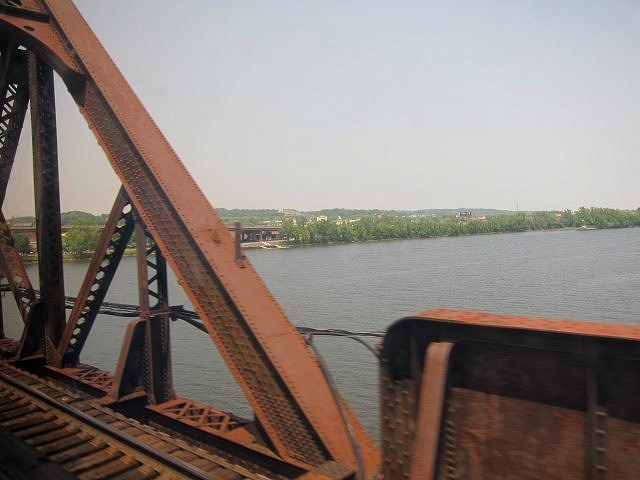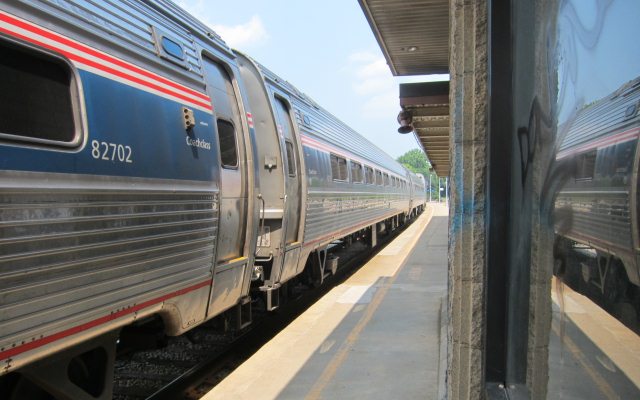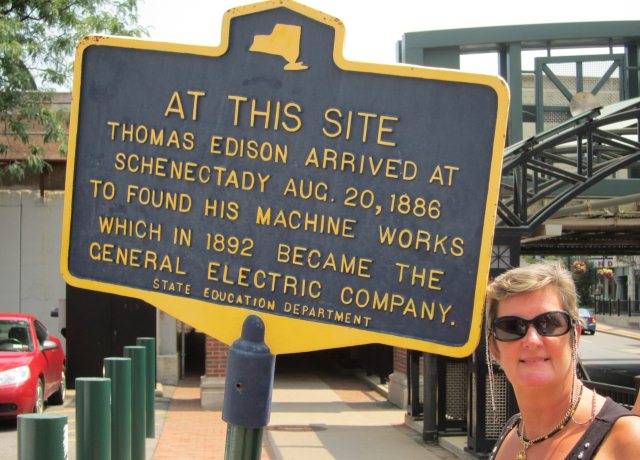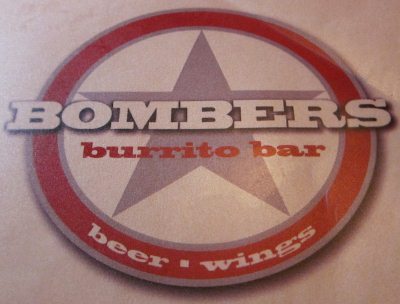Schenectady

|
Schenectady
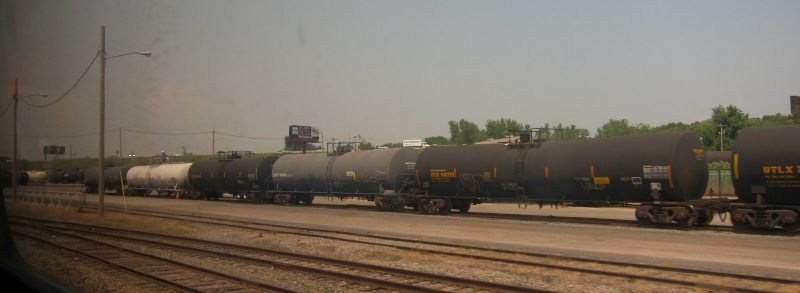 We decided to go on a train journey along the Hudson River to Saratoga
Springs, a place in the 1000 places.... book. We leapt up, walked to the Subway,
got off at Penn Street Station and found the Amtrak ticket office. We knew there
was an 8:15 train but the lady said it was full, she could get us to Schenectady
leaving at 10:15. Off we went to find breakfast and in no time we were on board
and on our way. All photographs are taken by Big Bear for a
change. Schenectady (pronounced sken-eck-tedy) is a city
in Schenectady
County, New
York, of which it is the county seat. As of the 2010
census, the city had a population of 66,135. The name "Schenectady"
is derived loosely from a Mohawk
word for "on that side of the pinery," or "near the pines," or "place beyond the
pine plains." The city of Schenectady is in eastern New York, near the confluence of the Mohawk and Hudson Rivers. It is in the same metropolitan area as the state capital, Albany; Schenectady is about 15 miles northwest of Albany. We got off the train and somehow stepped back in time.
History: When first encountered by Europeans, the area that is now Schenectady was the land of the Mohawk nation of the Iroquois Confederacy. When Dutch settlers arrived in the Hudson Valley in the 17th century, the Mohawk called the settlement at Fort Orange (present day Albany, NY) "Schau-naugh-ta-da", meaning "over the pine plains." Eventually, this word entered the lexicon of the Dutch settlers, but the meaning was reversed, and the name referred to the bend in the Mohawk River where the city lies today.
Schenectady was first settled by Europeans in 1661 when the area was part of the Dutch colony of New Netherland. Settlement was led by Arent van Curler, a prominent figure in the colony who had emigrated from Nijkerk in the Netherlands, after buying the land from the Mohawk Nation. Additional land was purchased 1670 and 1672. In 1664 the English seized the Dutch colony and renamed it New York. Twenty years later (1684) Governor Thomas Dongan granted letters patent for Schenectady to five trustees.
On the 8th of February 1690, during King
William's War the Schenectady
massacre, led by France
and its Indian
allies, resulted in the deaths of sixty two of Schenectady's inhabitants. In
1748, during King
George's War it was again attacked by the French
/ Indians. In 1765, Schenectady was incorporated as a borough. It was chartered as
a city in 1798. During the American
Revolutionary War the local militia unit the 2nd
Albany County Militia Regiment was active during the Battle
of Saratoga and in fights against Loyalist
troops. Union
College was founded here in 1795. In the 19th century Schenectady became an important transportation center connecting the Hudson River to the Mohawk Valley and the Great Lakes. The Albany and Schenectady Turnpike (now State Street), established in 1797, connected Albany to the Mohawk Valley. The Erie Canal (now Erie Boulevard), opened in 1825, passed through here, as did the Mohawk and Hudson Railroad, opened in 1831, one of the first railway lines in the United States.
In 1887, Thomas
Edison moved his Edison Machine Works to Schenectady. In 1892,
Schenectady became the headquarters of the General
Electric Company. Interestingly, when 5-digit ZIP codes were
introduced by the U.S. Postal Service in the 1960's, the GE campus was assigned
12345 - zip codes in Schenectady all start with 123 - funnily enough the
next highest number is 12308. Schenectady is home to WGY-AM, one of the first commercial radio stations in the USA. The station was named for its owner, General Electric (the G), and the city of Schenectady (the Y). General Electric also generated the first regular television broadcasts in the US in 1928, when experimental station W2XB began regular broadcasts on Thursday and Friday afternoons. This television station is now WRGB, for years the Capital District's NBC affiliate, but more recently it is the CBS affiliate.
Bear chose Bombers Burrito Bar for lunch. Founded on a $15,000 poker win at the Turning Stone Casino, founder, Matt Baumgartner (along with his friend, Lynn Beaumont), pursued his dream of opening up the best burrito joint in New York. Bombers Burrito Bar opened up as a small little takeout restaurant in October 1997, serving giant burritos and tacos for a bargain price, Bombers quickly became a hot spot for students, poor rock bands, cheap state workers and pretty much anyone with a tattoo or multiple facial piercings. Since then, "Bombers Burrito Bar has opened up a kick-ass tequila and beer bar which has over fifty different kinds of beer, enough tequila to get your entire Friendster/MySpace network drunk and undeniably the best Juke Box on earth. The upstairs bar and restaurant has twenty beers on draft, a selection of thirty or more bottles of beer and lots of liquor."    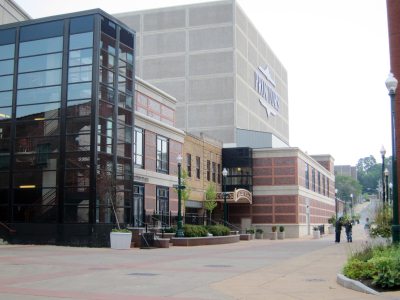 After our 'eat what you like' buffet we wandered back to the station to find a taxi to take us to our B&B as there were no trains, Greyhound or ordinary buses to be had. A little look at a small sleepy town.
  
ALL IN ALL A PLEASANT DIVERSION |


